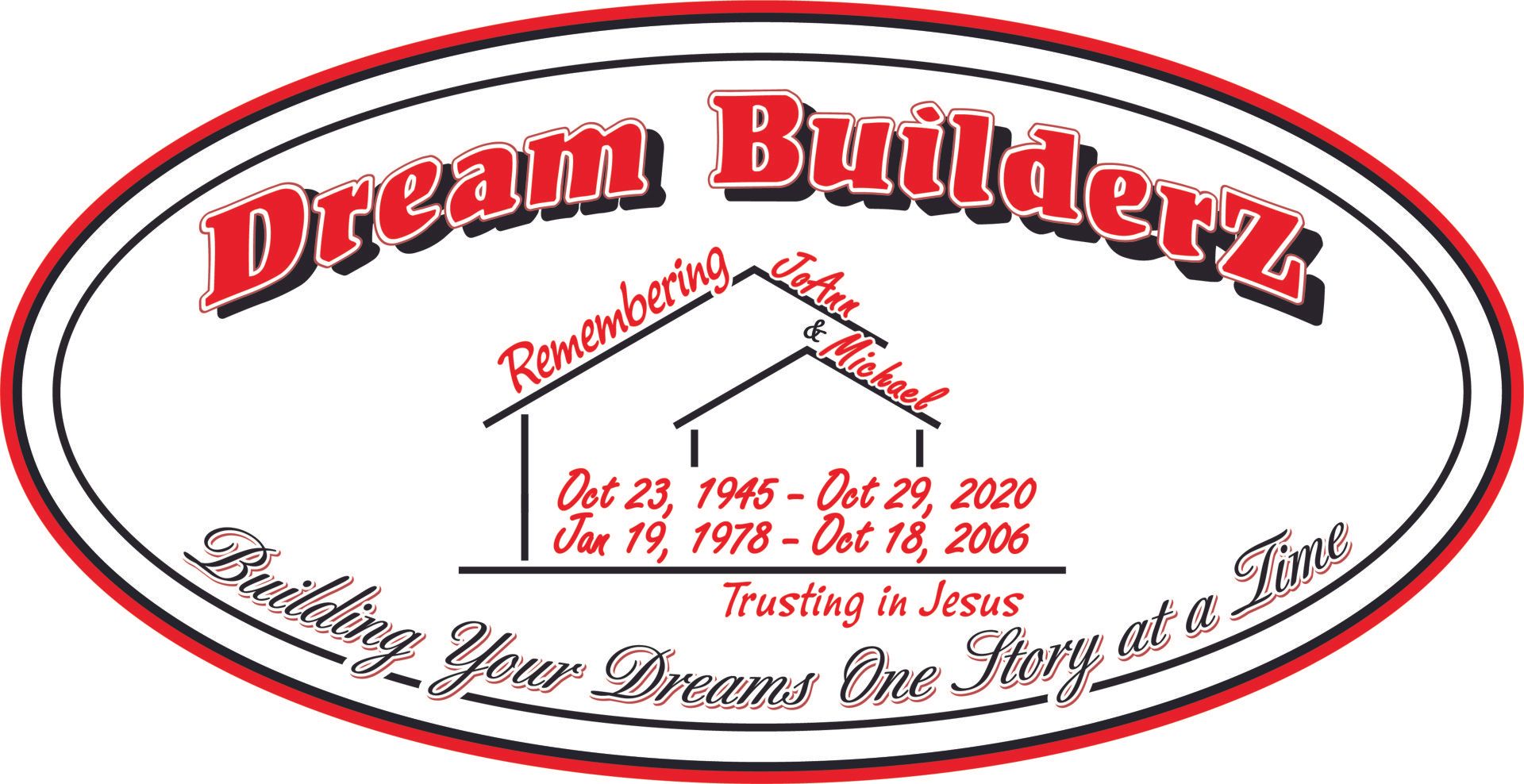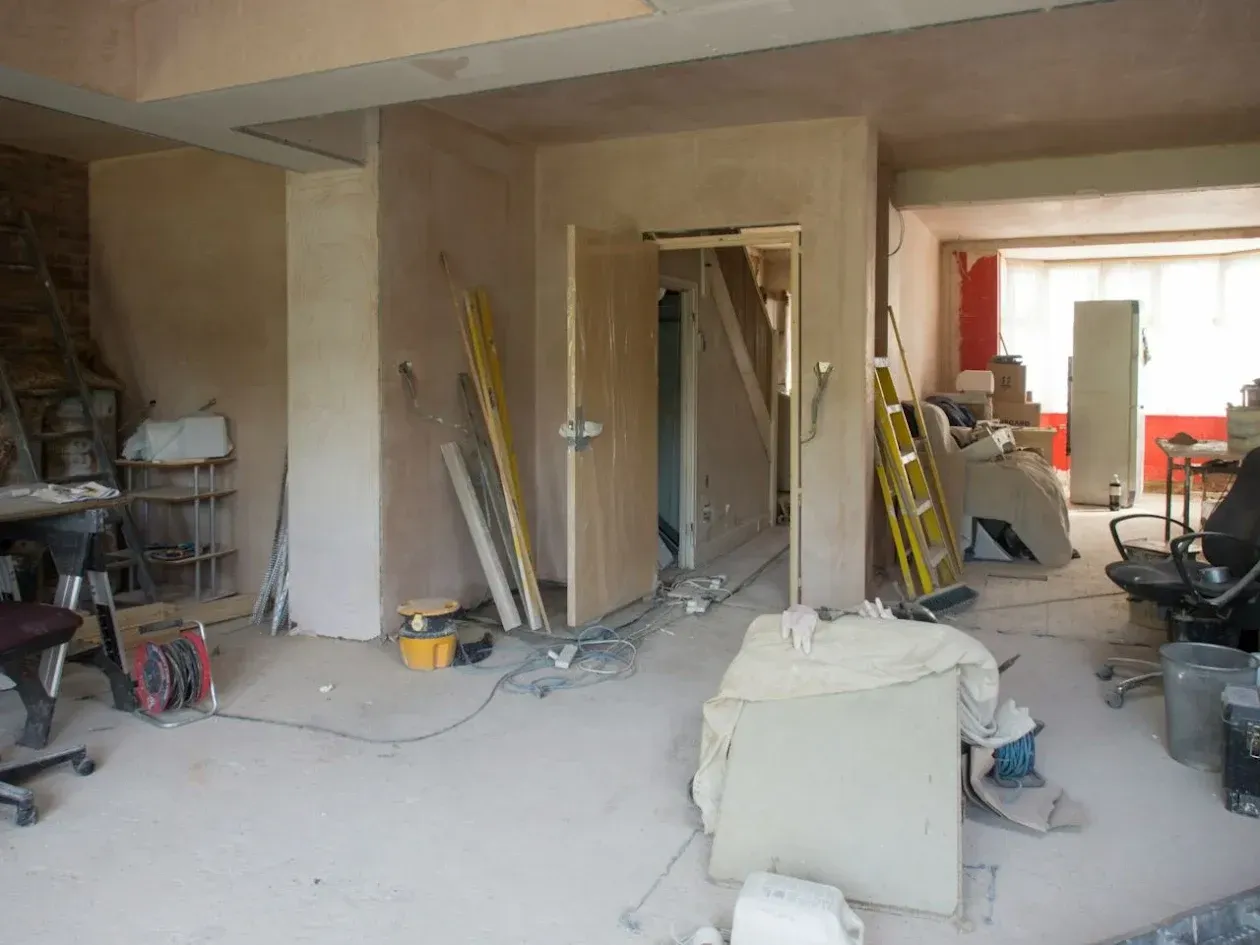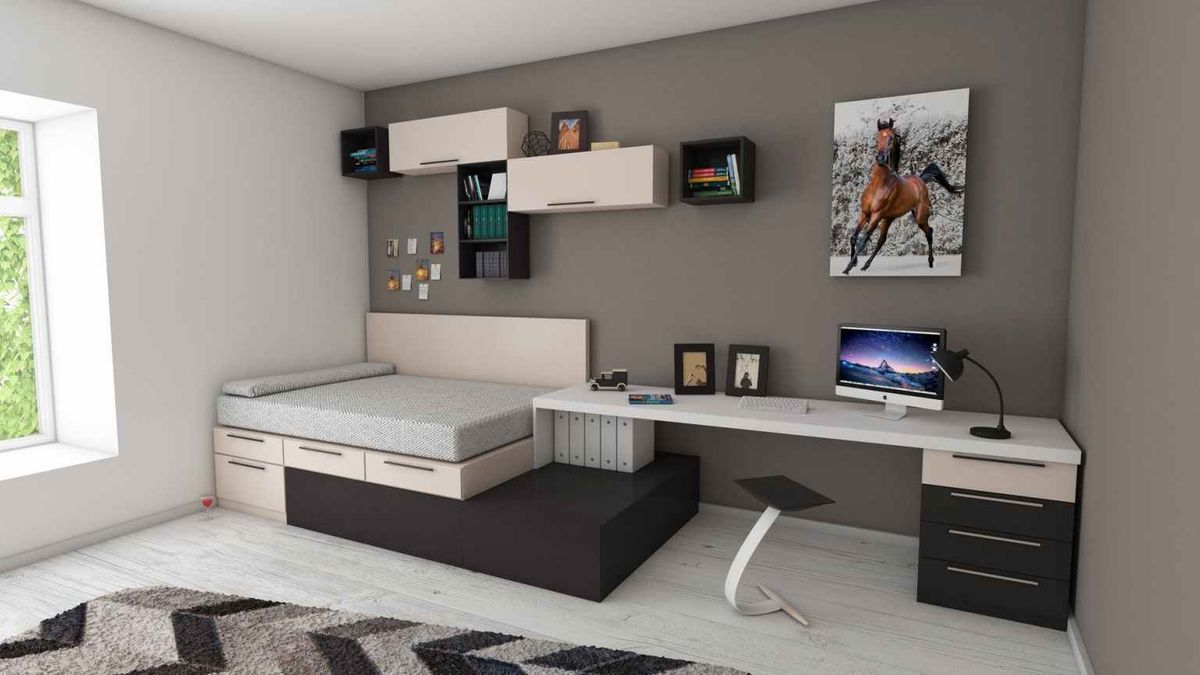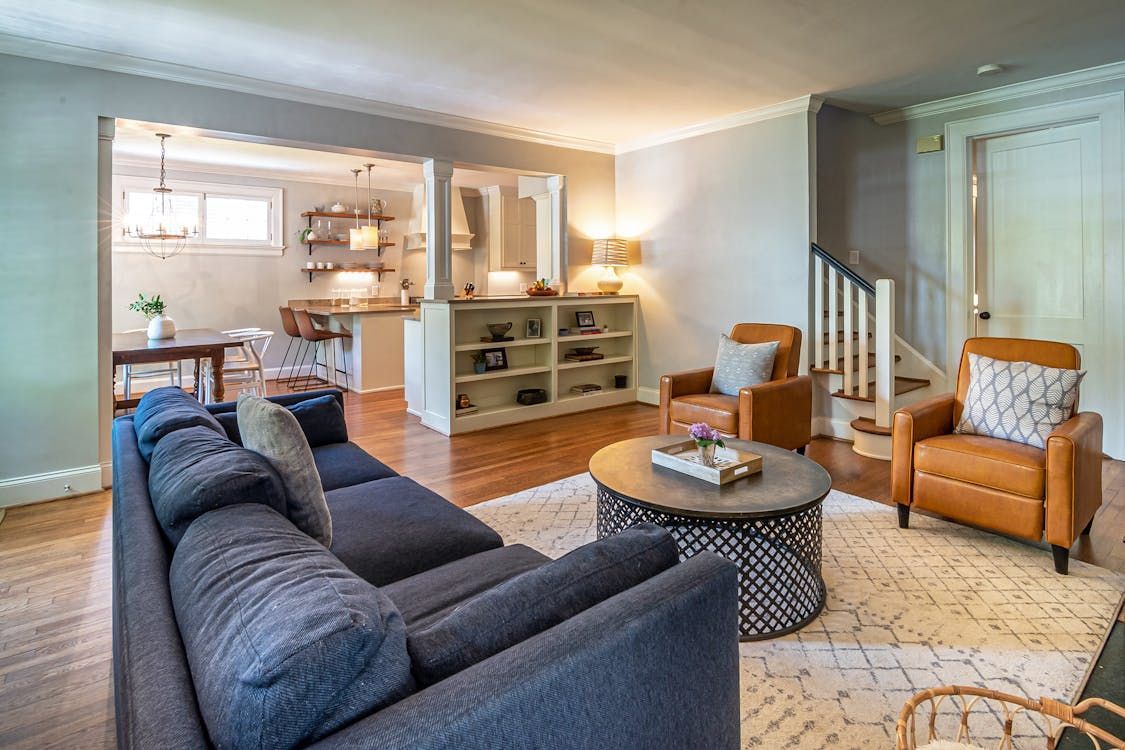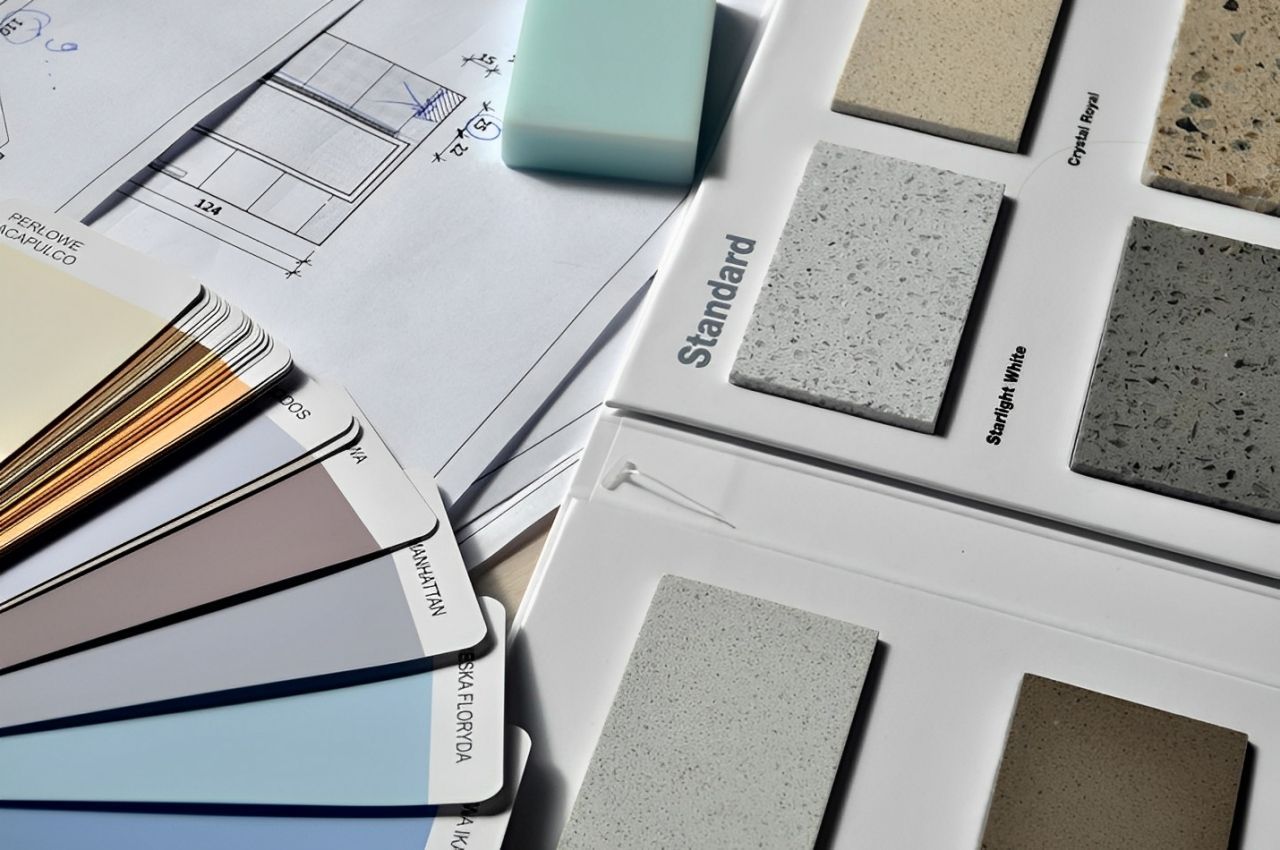CALL US TODAY · 617-448-9802

Juan S.
Mr Lapuma always caring and dedicated to what he does best “Building your Dreamz” after his love for Jesus of course and doing the right thing even when he don’t have to. His integrity can not be questioned and his years of experience are some of the many assets that you will count on if you hire his services.
Button
Laura V.
I have hired Dream Builderz for multiple projects at 2 homes in the past and all of the projects (bathroom remodel, back deck and full roof replacement and repair to front of home with water/squirrel damage) went very smoothly and exactly on budget as quoted.
Button
Alyssa C.
We had an accident and someone crash into our house - Anthony the owner and his dream builderz team was wondering - they did great work and wore masks when needed to do inside work to keep us all safe ! I would definately recommend them ! And for the price, quality of work and customer service you can’t beat it !!
Button
Claire O.
Very professional. Gets work done in a timely manner. Friendly and talented. Recently had my home sided and new windows placed. Increased my home value quite a bit.
Highly recommend
Button
Brian T.
I am impressed with the service provided by Dream builderz. We hired them for complete renovation of our 2 bedroom and 2 bathroom apartment. During the actual work, They kept me informed of progress and acted quickly if things were not going well or up to my standards. Overall Great experience
Button
Rob W.
Anthony and his crew are superb and always making sure I was well inform while I was out working , my finish floor was done on time and professionally.. Anthony is in my opinion is a caring contractor that cares for his work and finishes the job only if he and I the customer is 100% satisfied .. never once did Anthony complain when I called him for questions about what’s been done day by day and again I have to say his guys and work is above and beyond , I will use Anthony always as long as he is around 👍🙏🏼..
Button
Kimberly C.
Dream Builderz did an amazing job on our house!! You would not even know that we had ice dams from last years storms. Our house looks new again, thanks Tony!!
Button
Wanda M.
We used Dream Builderz to construct a new deck. They did a fantastic job. We will definitely use them again.
Button
Jacob T.
Thankyou for your amazing service. From initial start to final completion of the project everything went smoothly. I will definitely give them 5 out of 5 .
Button
Christine B.
Anthony Puma by far was the most professional and detailed builder we had the fortunate experience to work with . His proposal was very well laid out and explained all the details of our renovation. The renovation turned out beautifully, with a few hiccups but to be expected with an old house. His honestly and integrity made a stressful home improvement project more bearable. His workers were professional, thoughtful and pleasant to work with throughout the renovation. We love our new dining room, laundry and bathroom. I would highly recommend Dreamz builders for your home improvement project . Thank you Anthony and team The Bernier's
Button
Sarah, Ed and Susan K.
Good Afternoon Tony,
On behalf of Sarah, Ed and myself, we want to thank you personally for all your patience, professionalism and timely communication to bring Sarah's kitchen disaster project to its final completion. We recognize the arduous challenges you faced with the property management person from the start as well as the age of the building and its problems. I know it would have been easy to walk on this project even before it got underway given the daunting obstacles that were presented to you.
Without the dedication, competency, respectability and hard work done by yourself and all your support workers and contractors, Sarah never could have gotten her beautiful kitchen. Please thank each and every one of them on our behalf for a job well done.
Sarah is very happy and deeply appreciative of how her kitchen turned out and we are very thankful to you for sticking with us till the end. We are all looking forward to a brighter future.
Thank you again for your support and patience. You are truly a professional contractor. Have a wonderful Summer!
Button
Location
Braintree, Massachusetts
Business Hours
- Mon - Fri
- -
- Saturday
- -
- Sunday
- Closed
